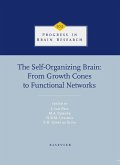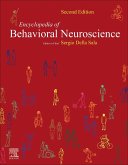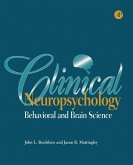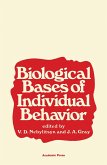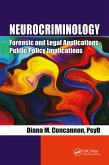Broadly speaking, there are presently two structural techniques in neuroimaging - computed tomography and magnetic resonance imaging (MRI) - and three functional techniques - single photon emission tomography (SPECT), positron emission tomography and magnetic resonance imaging (fMRI). Through PET technology, for example, we have learned that, in early brain development, the primitive areas, mostly the brain stem and thalamus, are the first to show high activity in an infant. This is followed by the development of cortical areas by year one. Between the ages of four to 10, the cortex is almost twice as active in the child as in the adult. This information alerts us to what might happen in the way of trauma in abused children, especially those under the age of three. Child abuse increases the risk of physical changes, not only in the stress systems, but also in brain development (Glaser and Weissman). In addition to the difficult problem of post-traumatic stress disorder (PTSD), we have to take into account the possibility of other types of mental illness as the consequences of child abuse. These include depression, eating disorders, and drug and alcohol problems.
The combination of PET and fMRI represents a more remarkable example of the power of neuroimaging since the two have made it feasible to map accurately in vitro identifiable cortical fields, or networks. In a landmark NIH investigation of human cortical reorganization (plasticity), persuasive evidence was brought forward showing that the process of learning as a motor task involves a specific network of neurons. These neurons occur in the cortical field that is responsible for that particular task. Such findings are important partly because they provide evidence supporting the current notion that labor in the cortex is divided among ensembles of specialized neurons that cooperate in the performance of complex tasks. Cooperation, then, in this, sense implies crosstalk among ensembles and that signals are both processed and retransmitted to neighbouring ensembles. To understand the workings of these ensembles, much better spatial and temporal resolution in functional brain mapping is required. This can be achieved with an NMR instrument whose magnet is 4.1 Tesla or more.
Dieser Download kann aus rechtlichen Gründen nur mit Rechnungsadresse in A, B, BG, CY, CZ, D, DK, EW, E, FIN, F, GR, HR, H, IRL, I, LT, L, LR, M, NL, PL, P, R, S, SLO, SK ausgeliefert werden.



